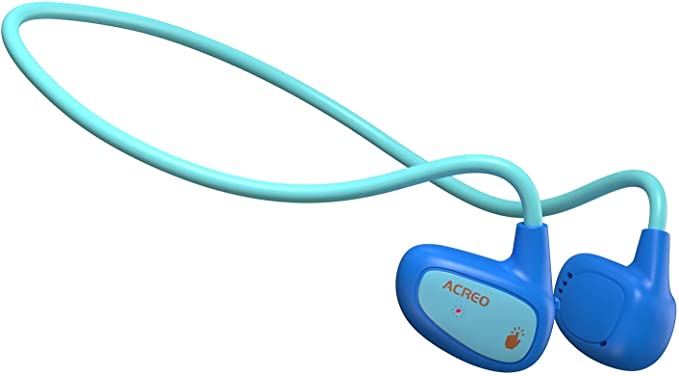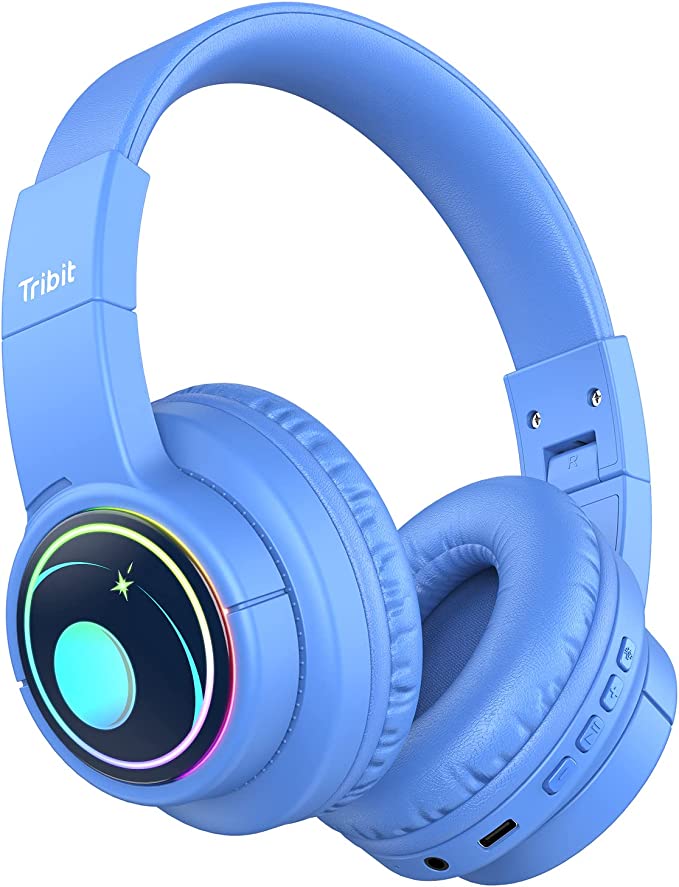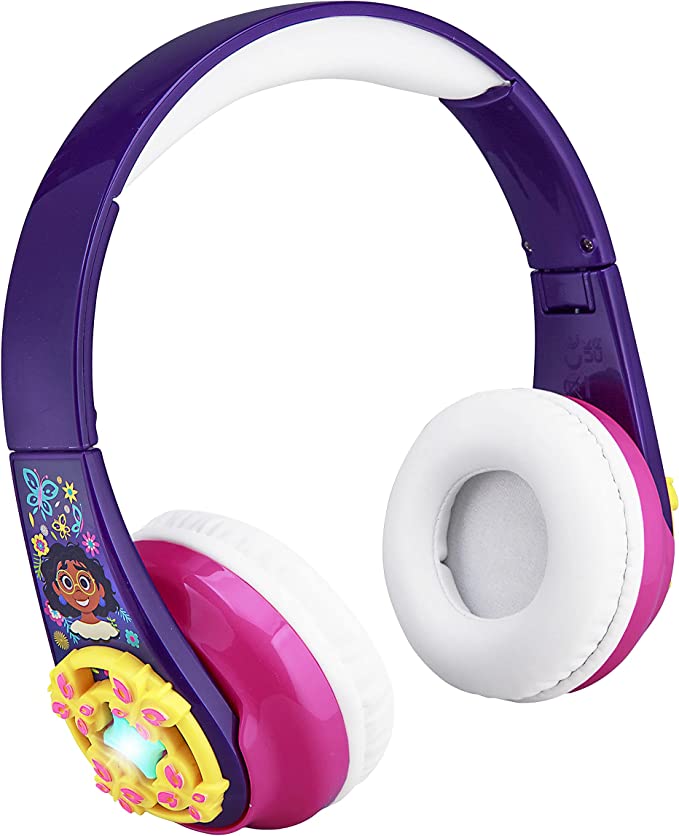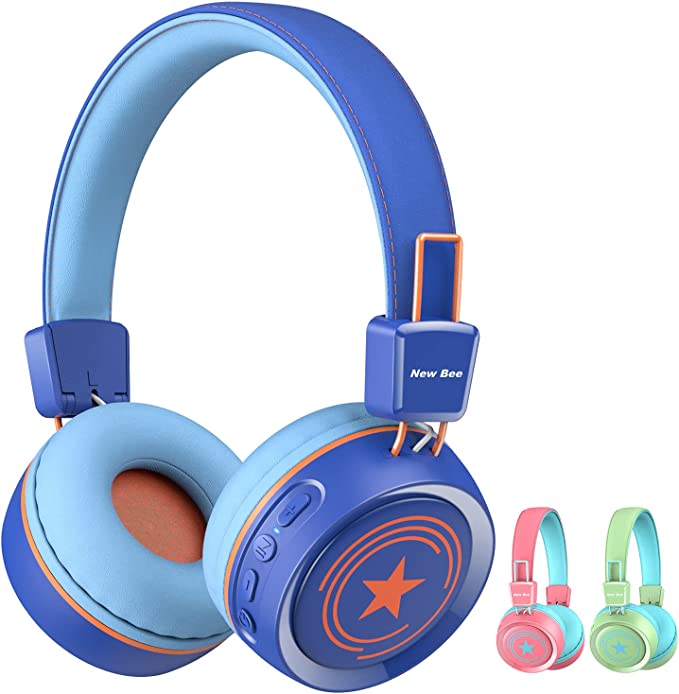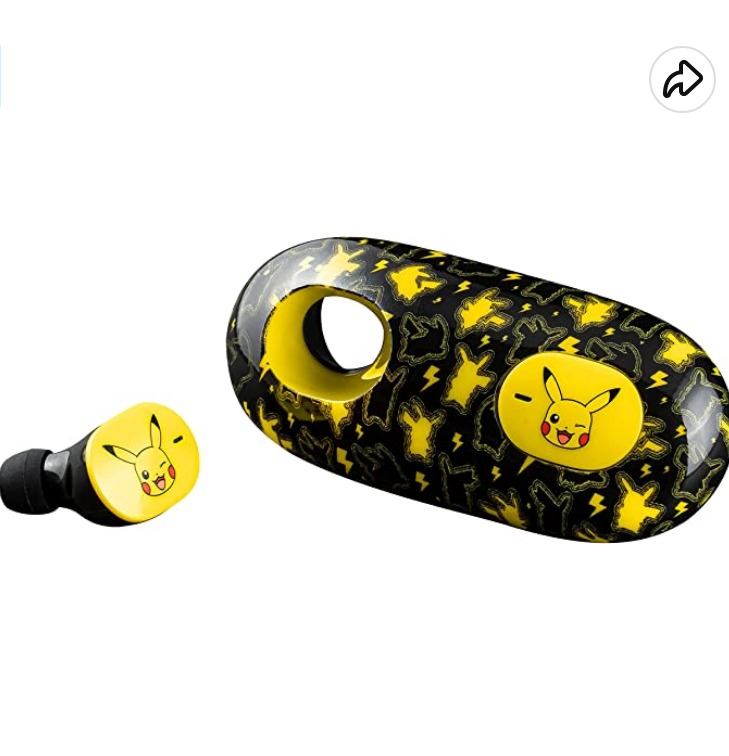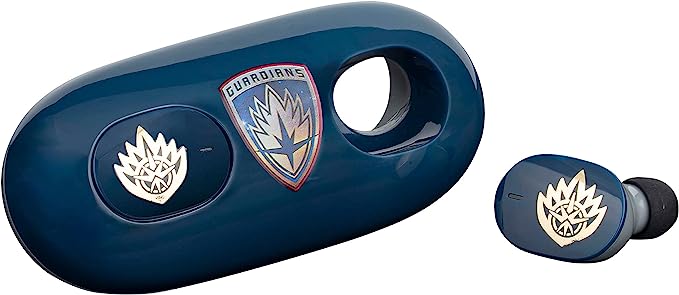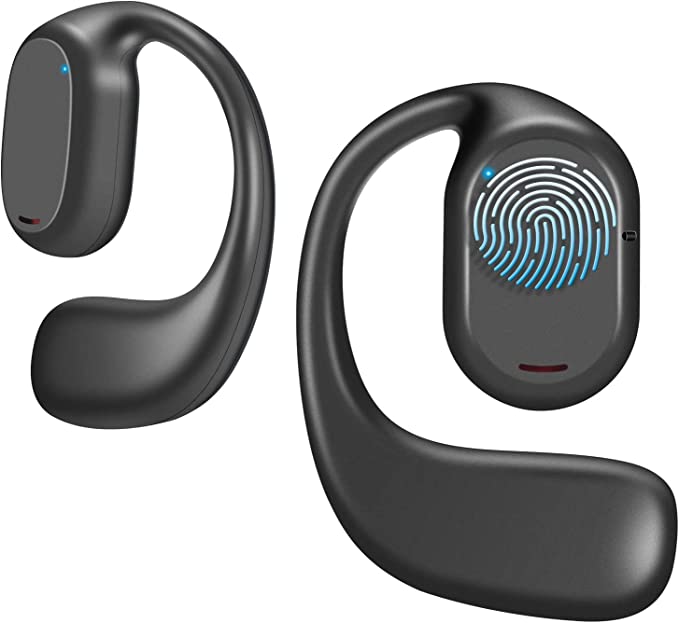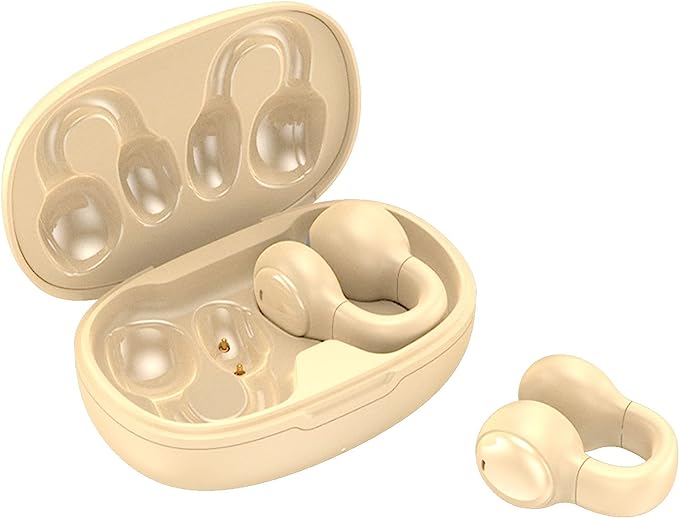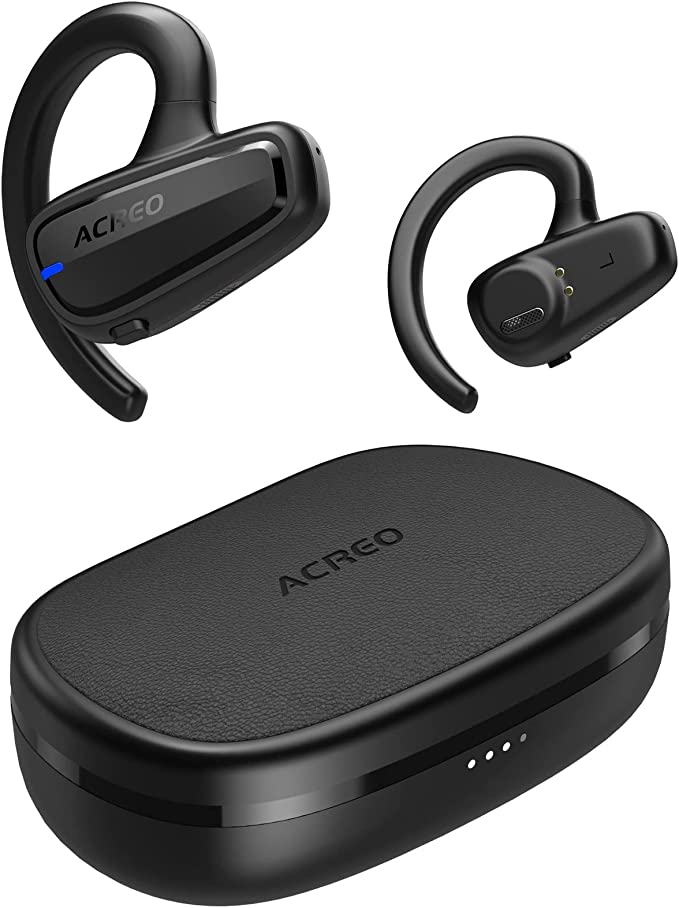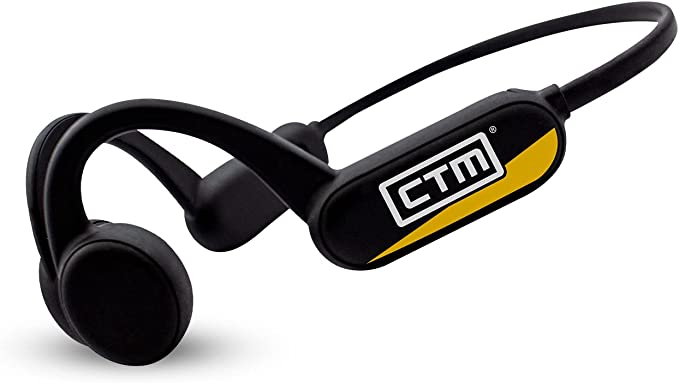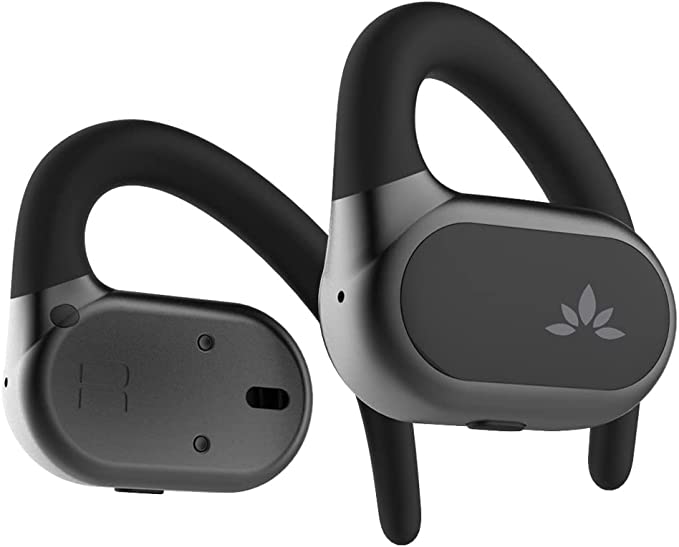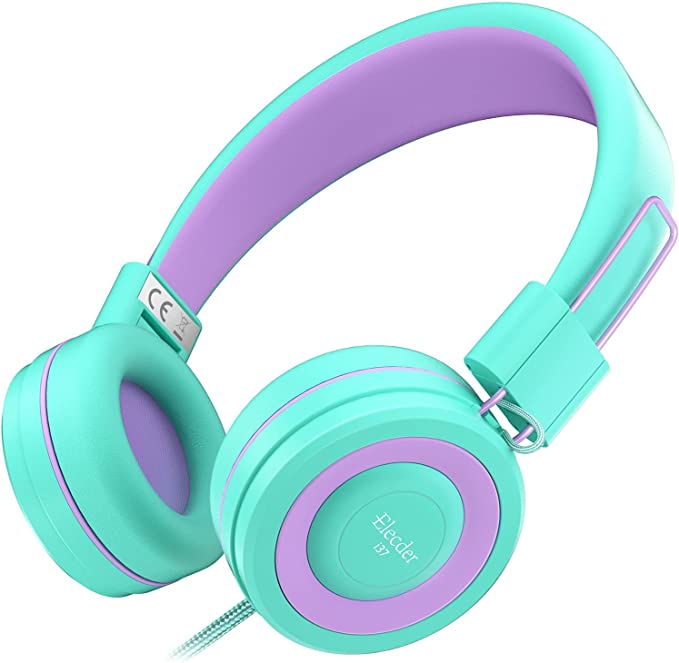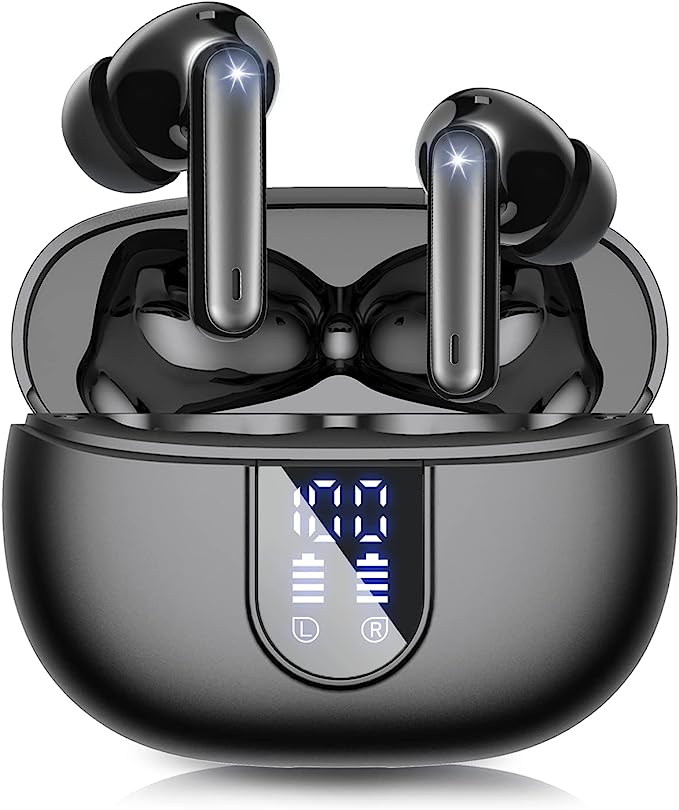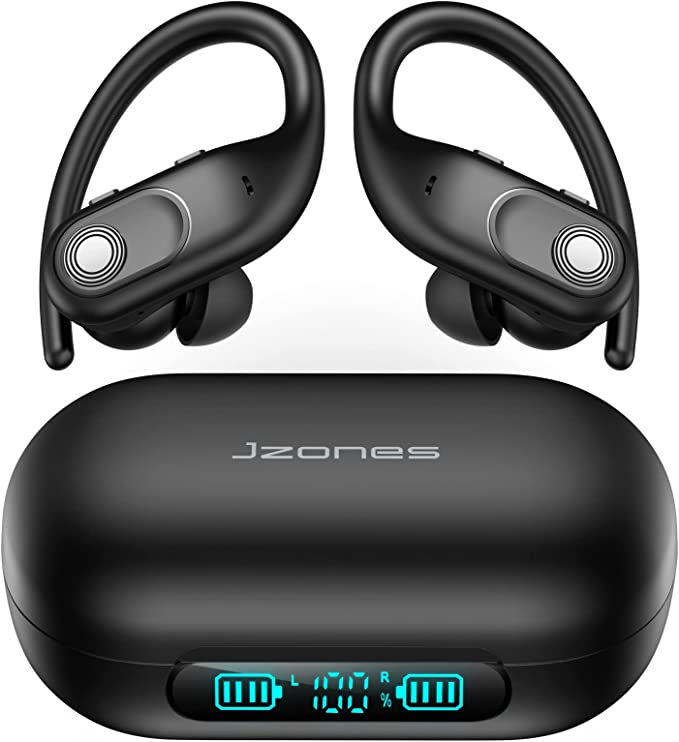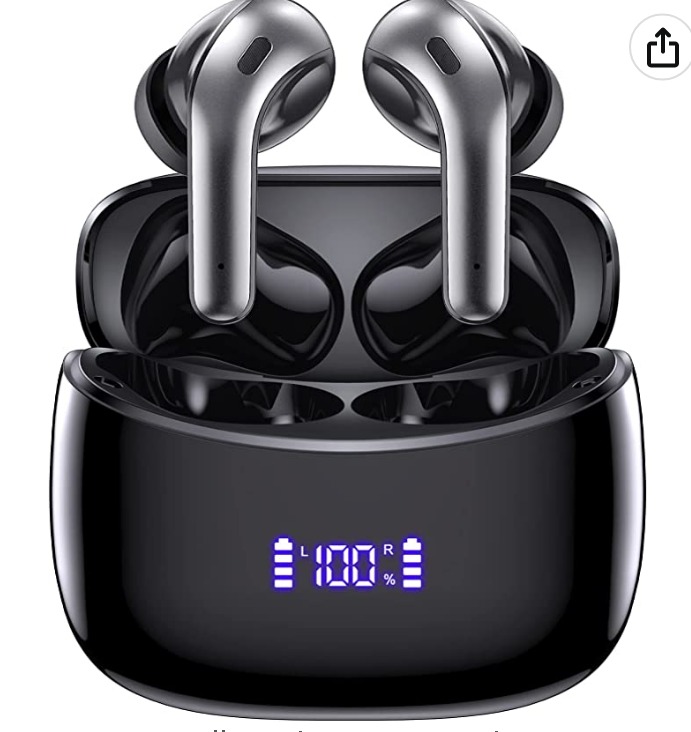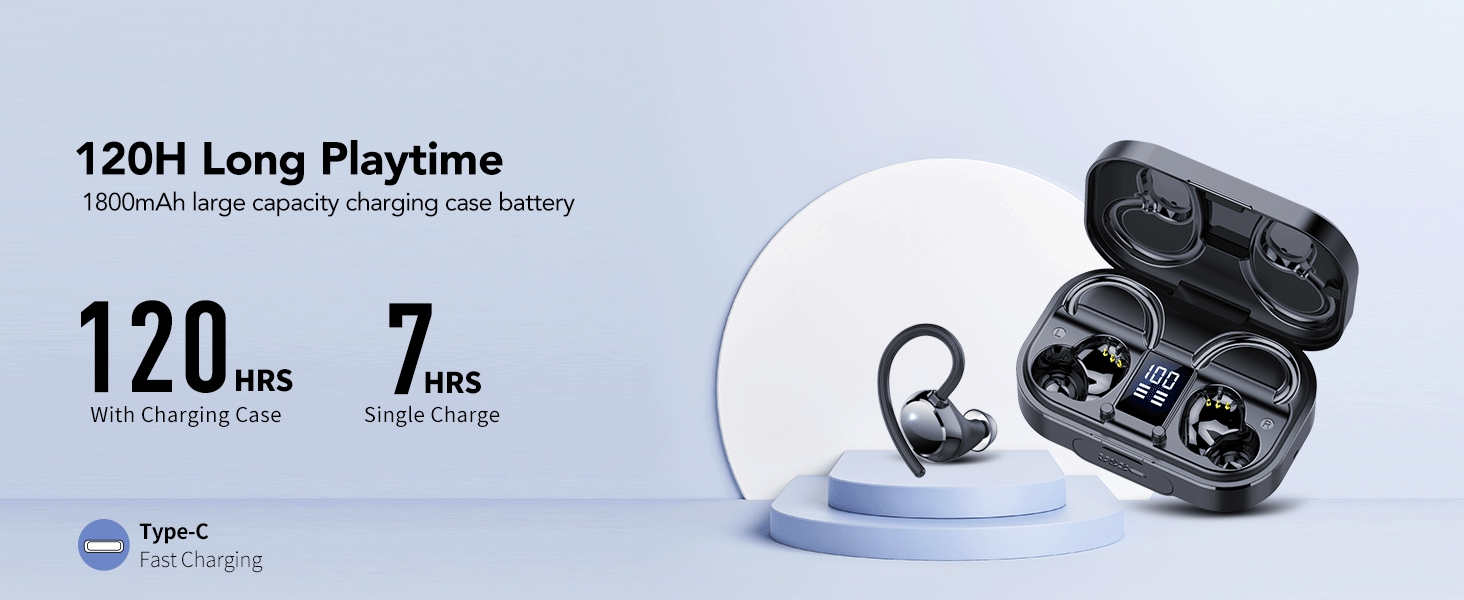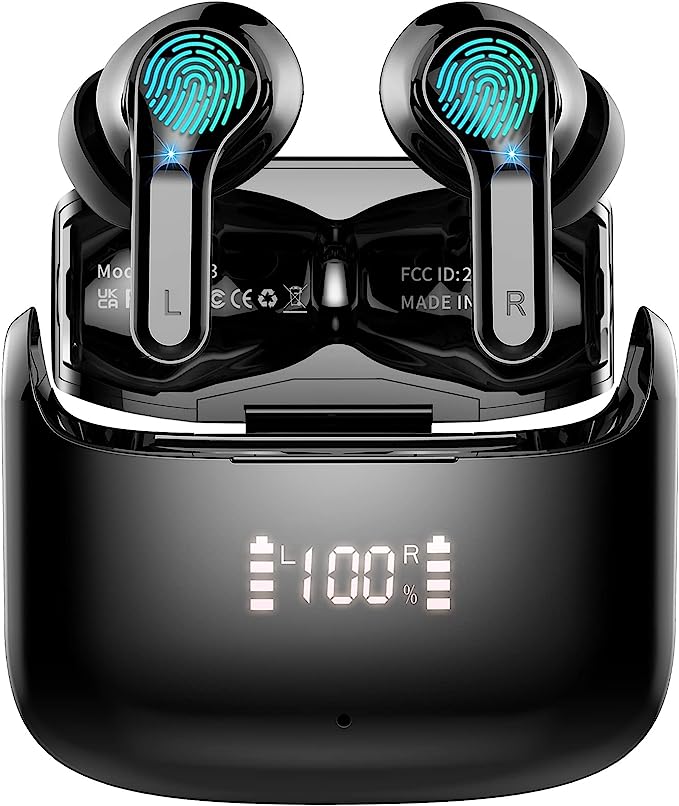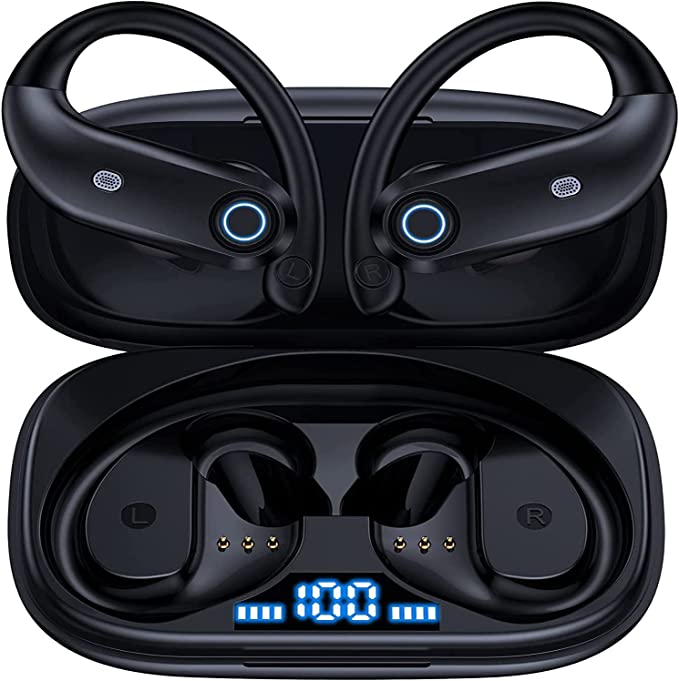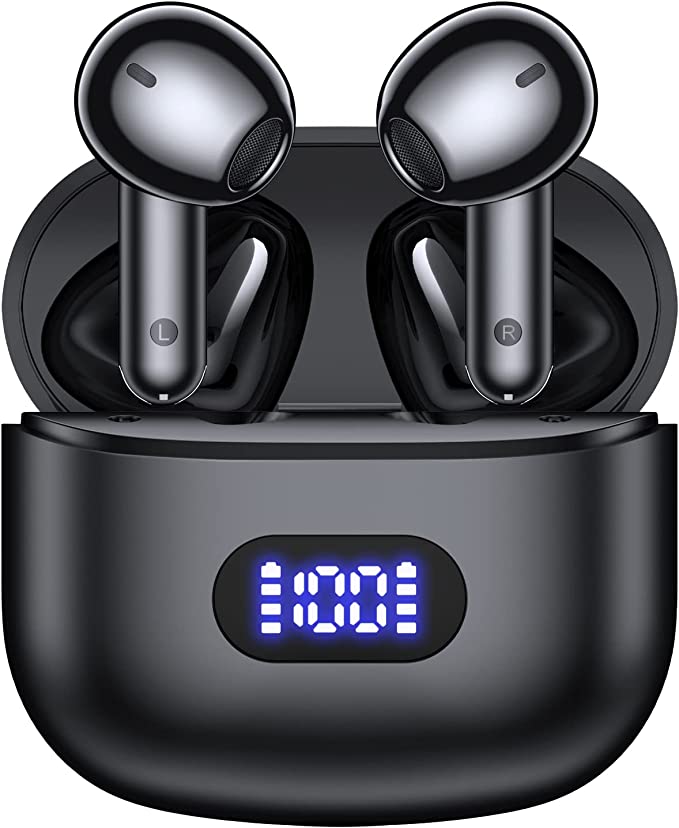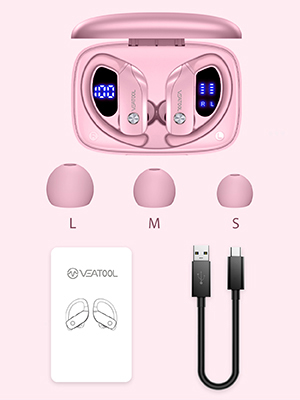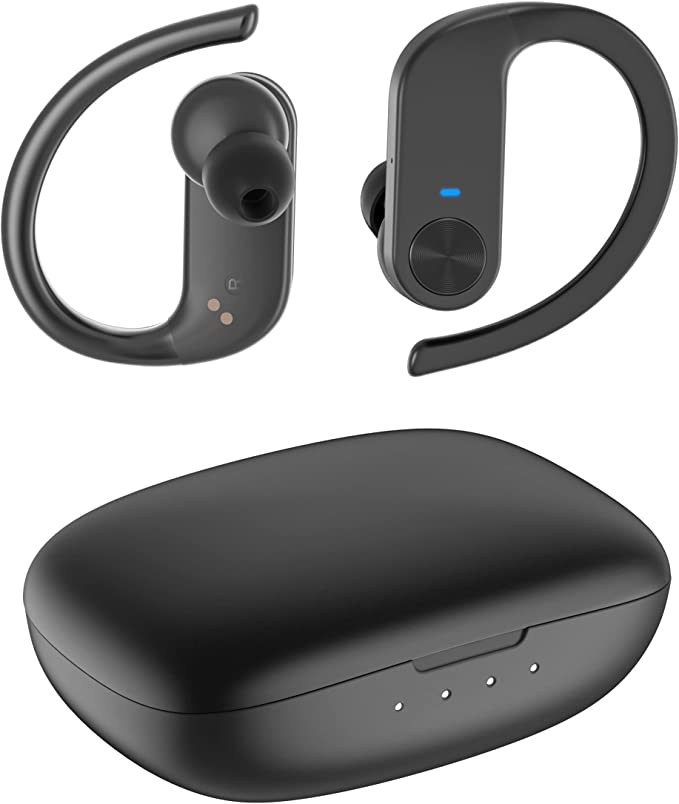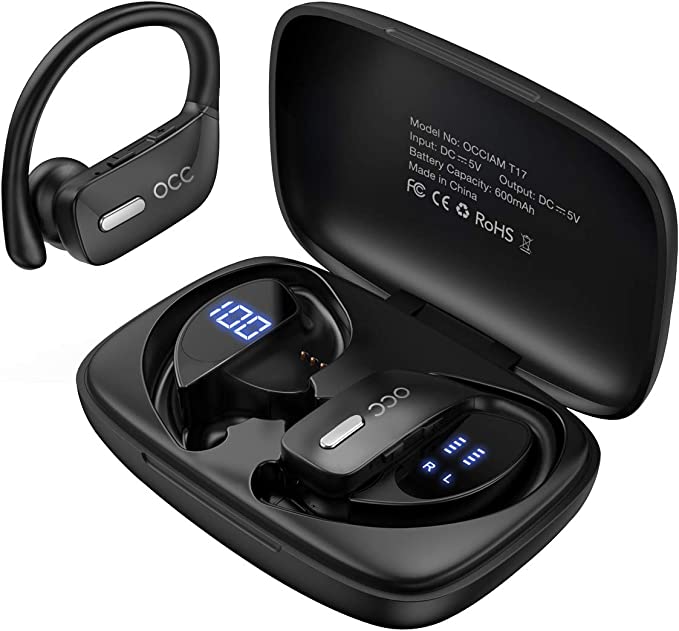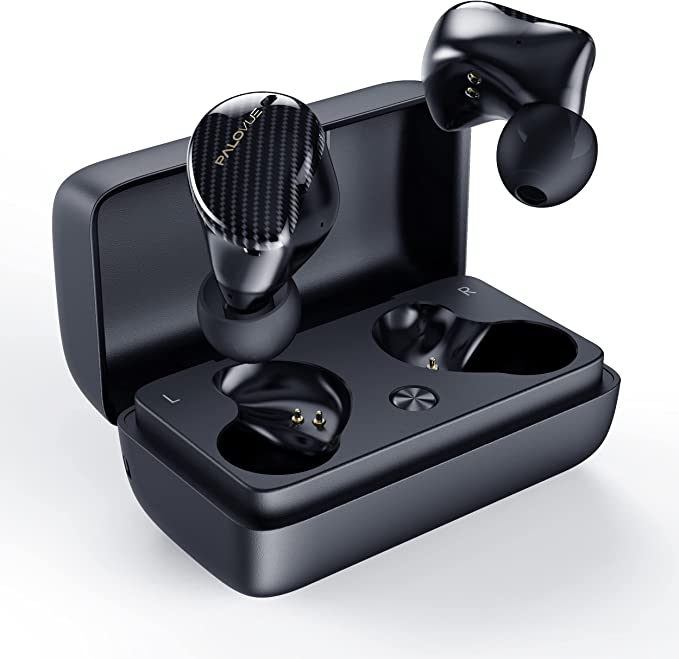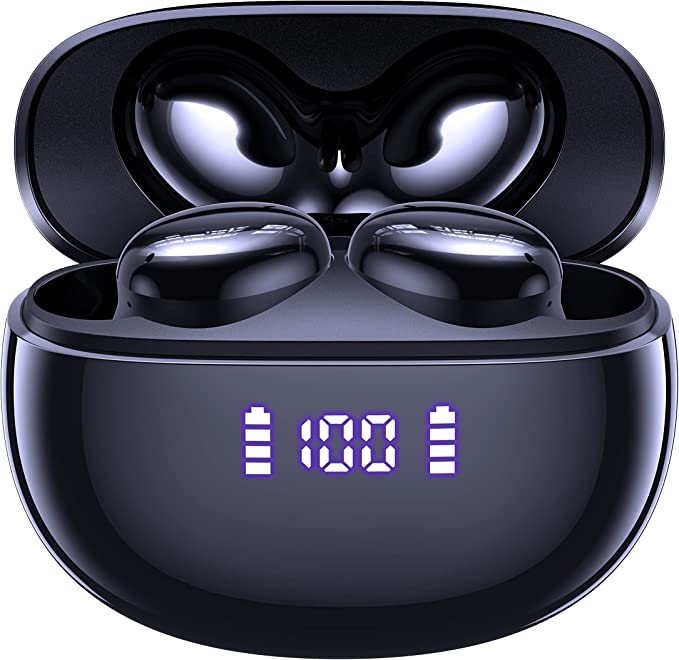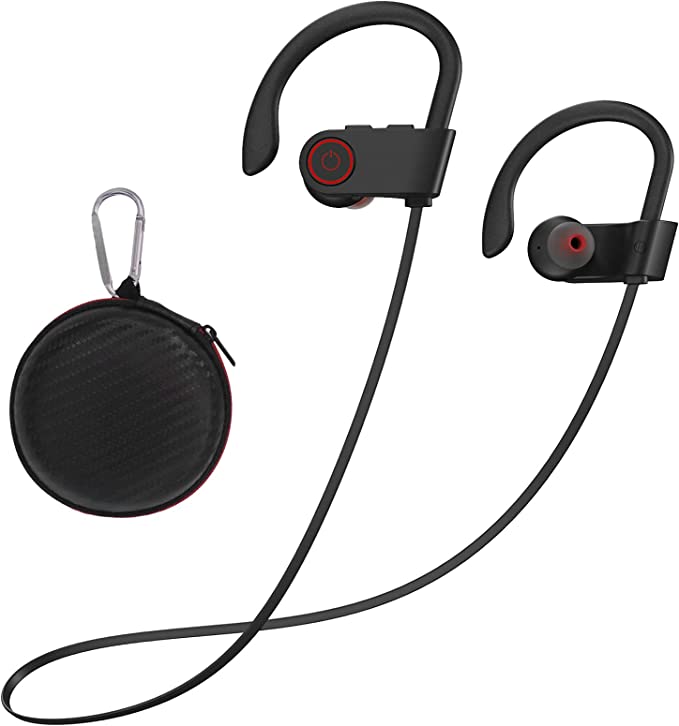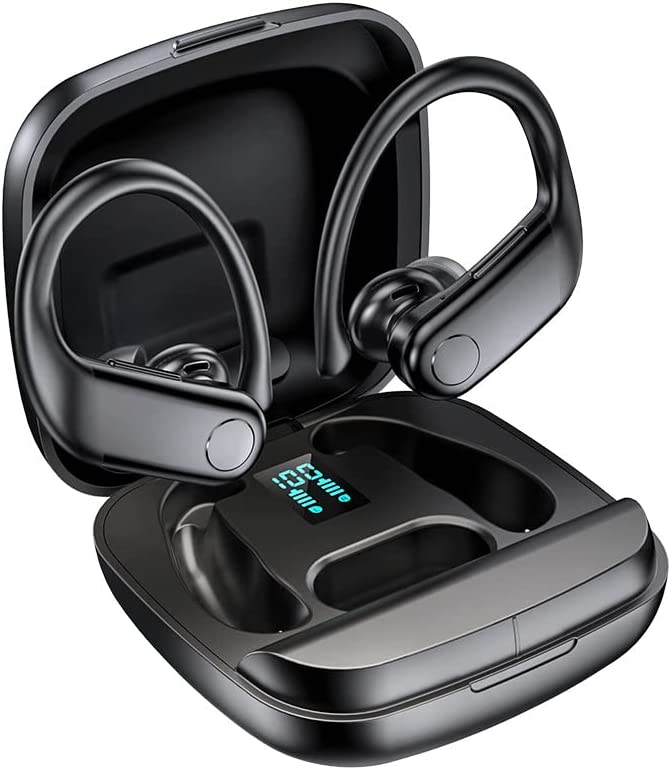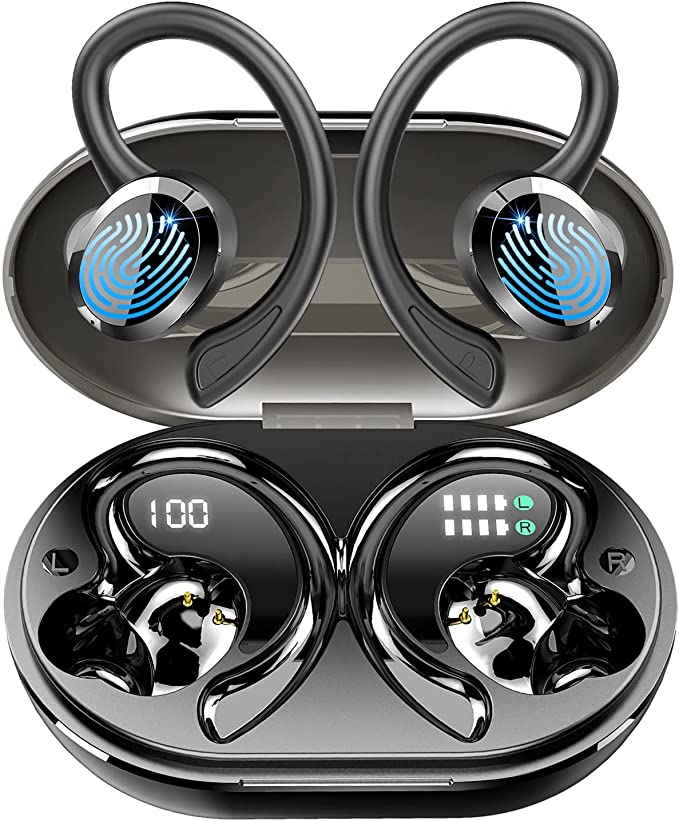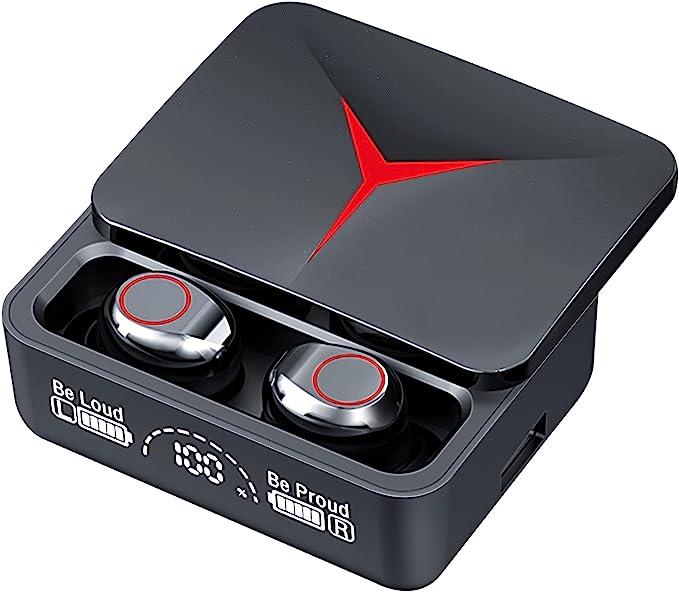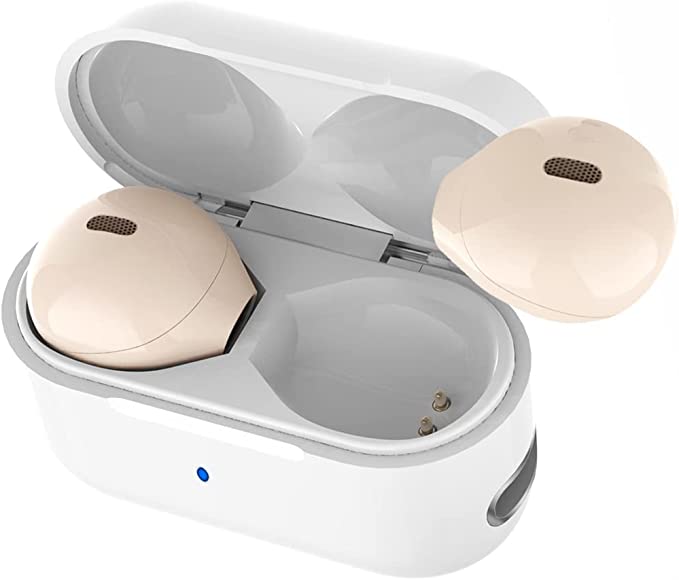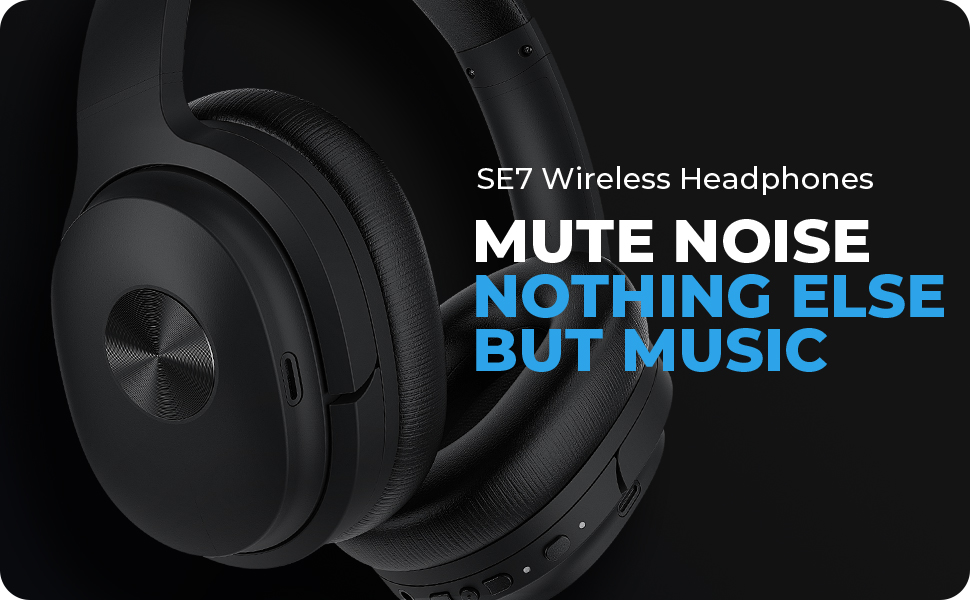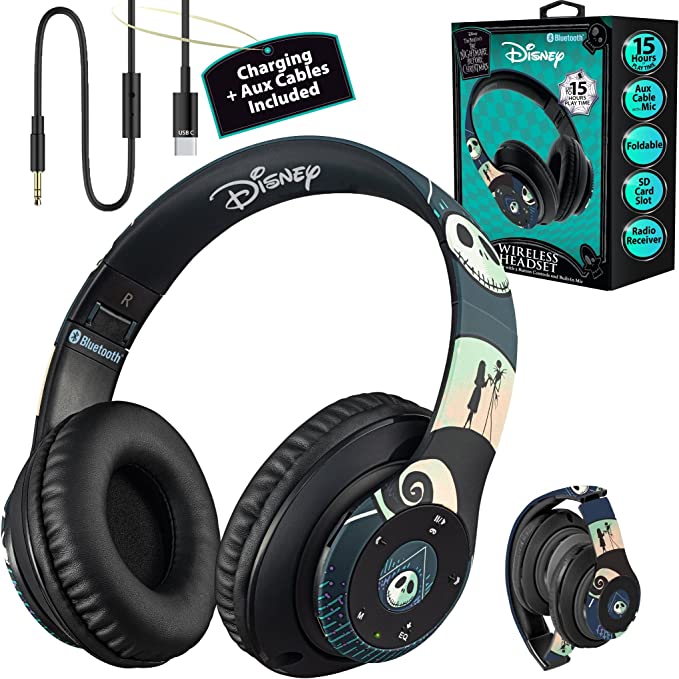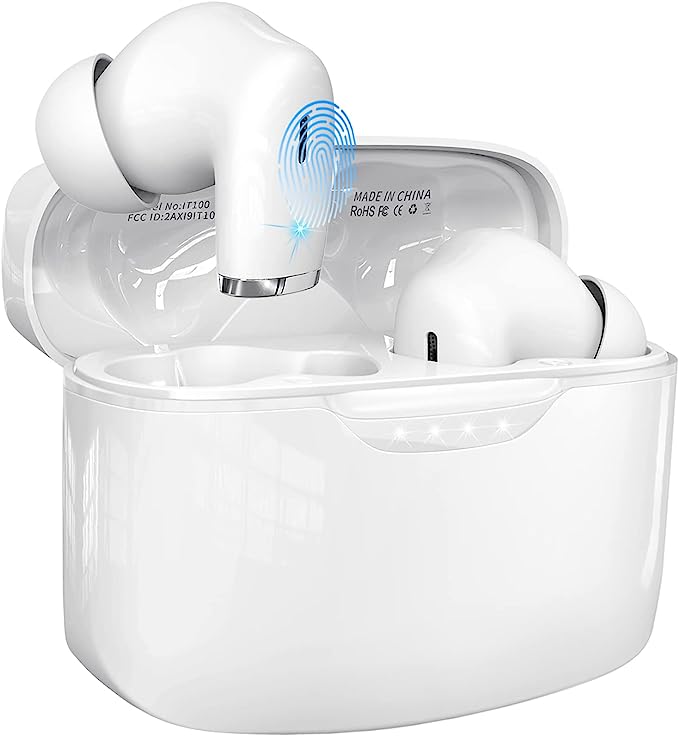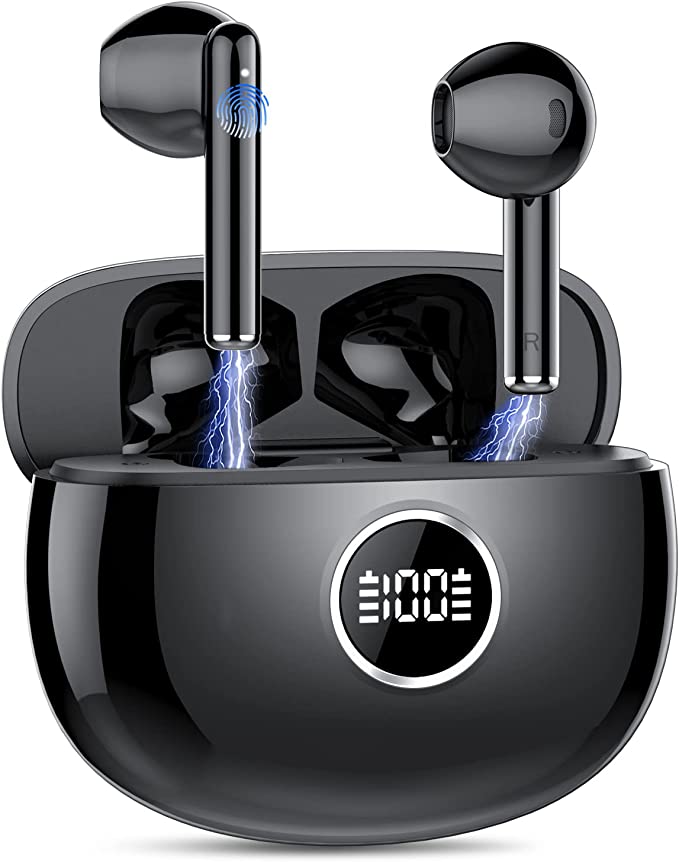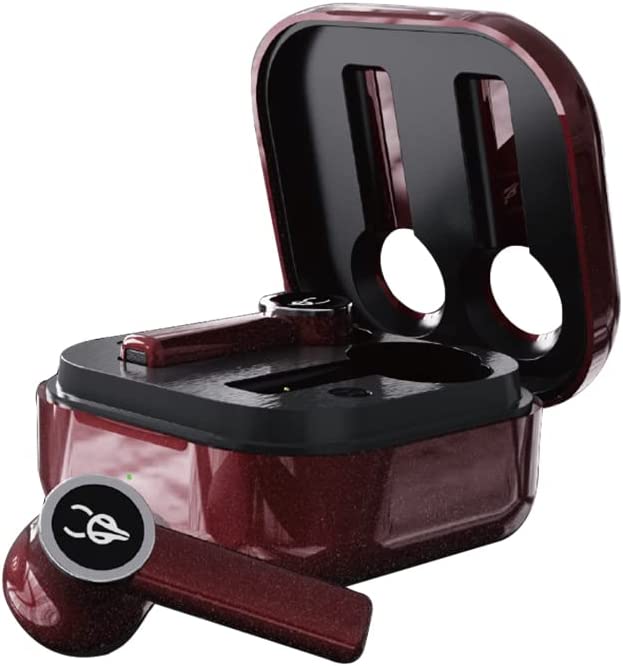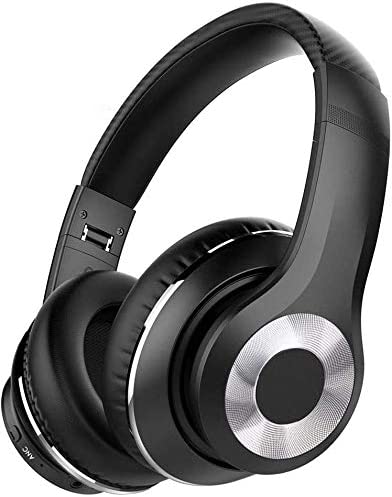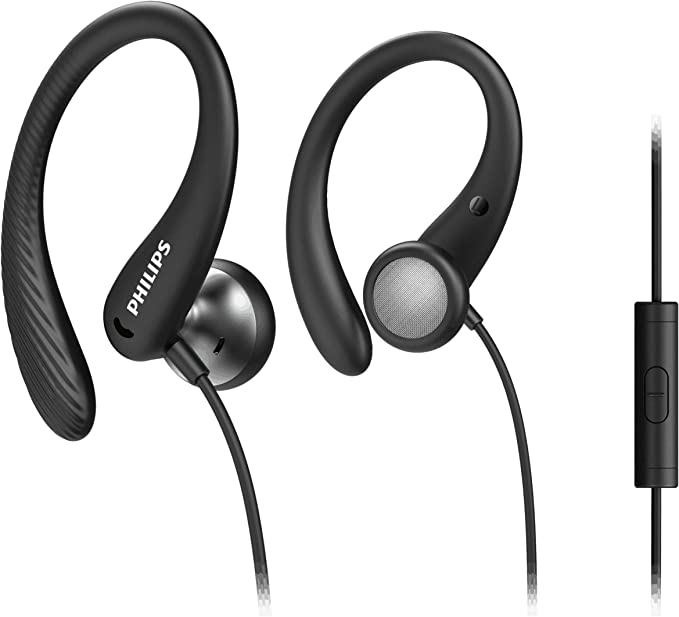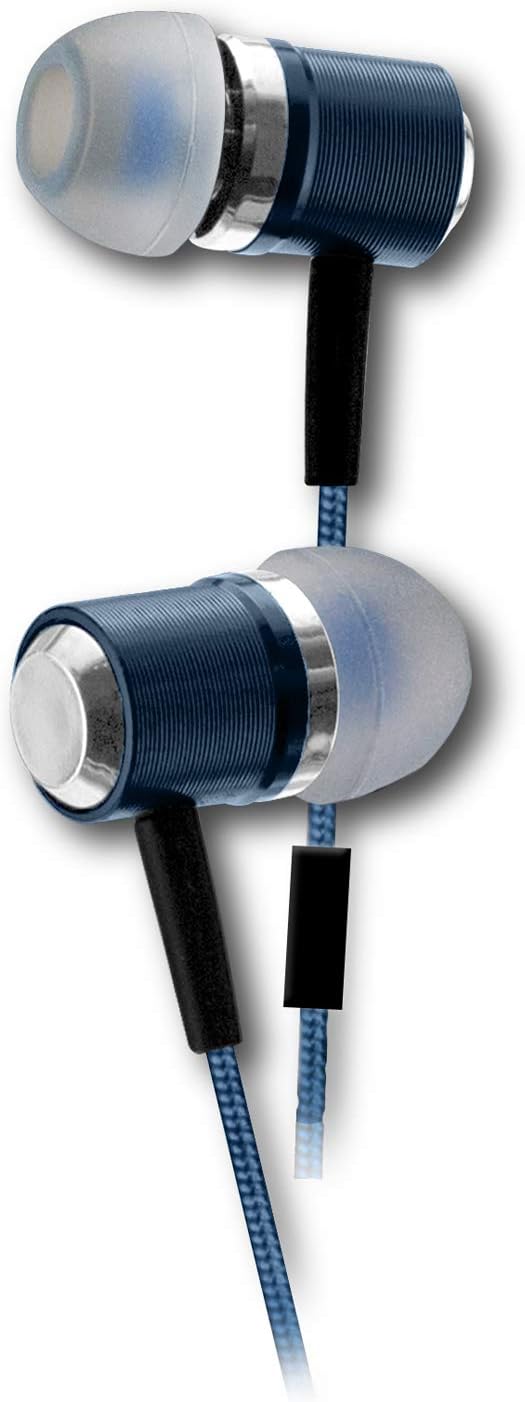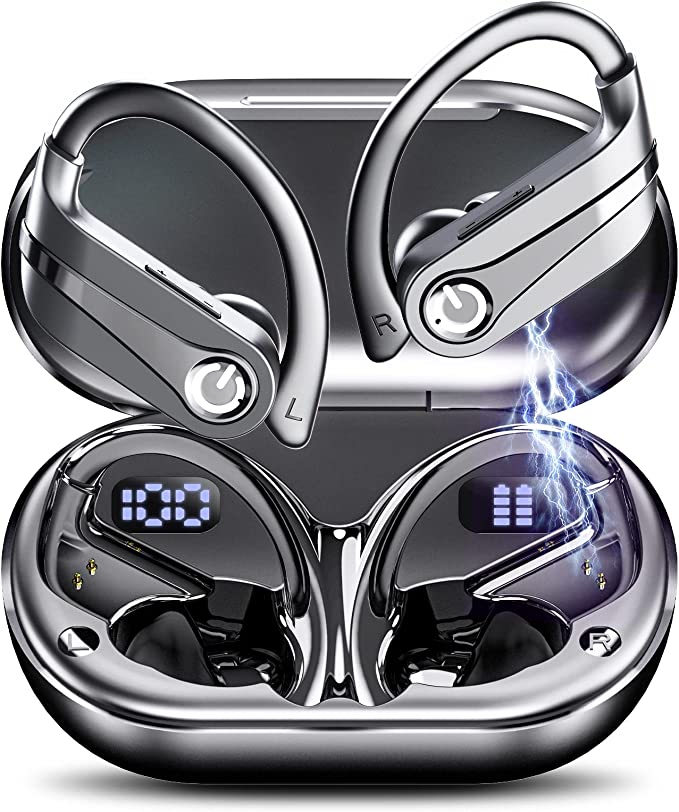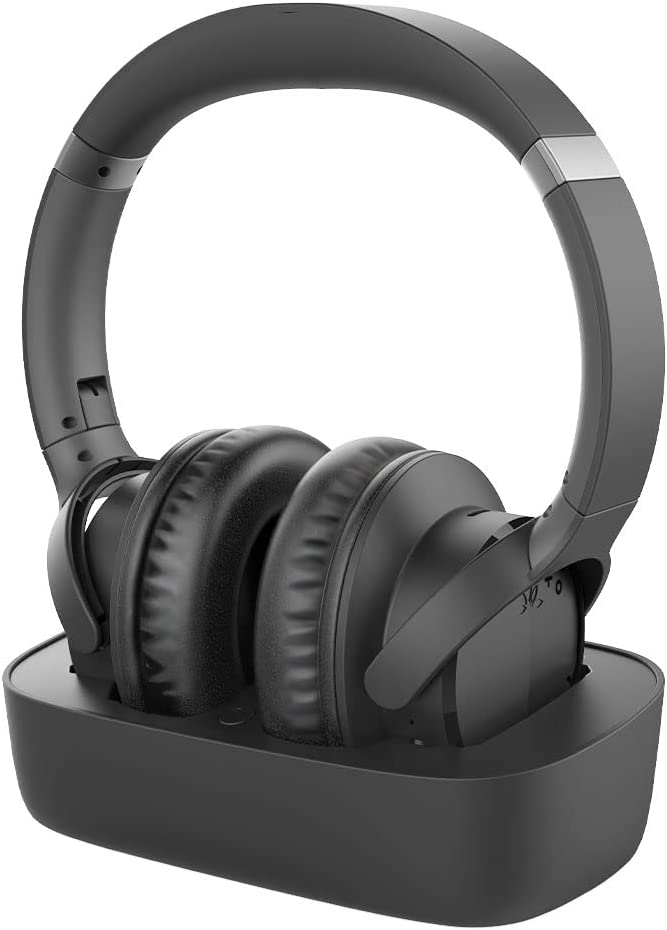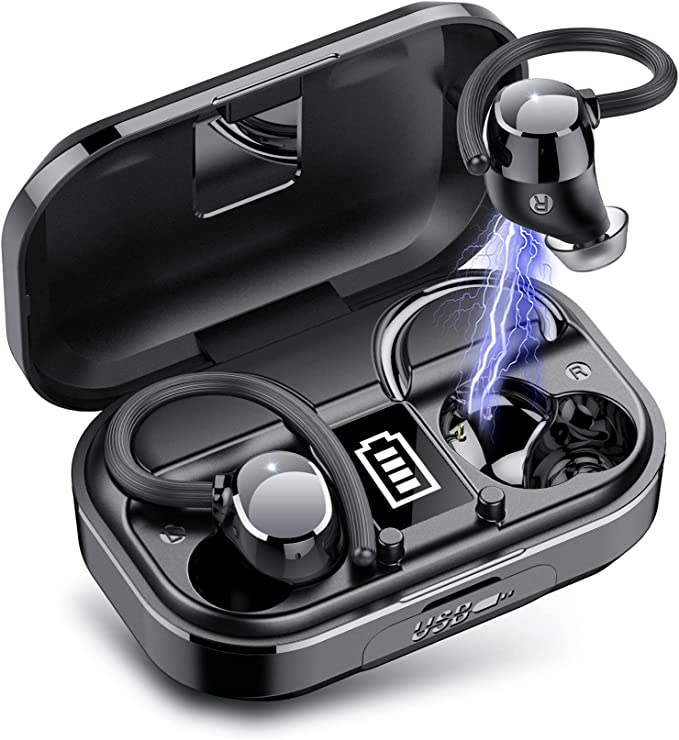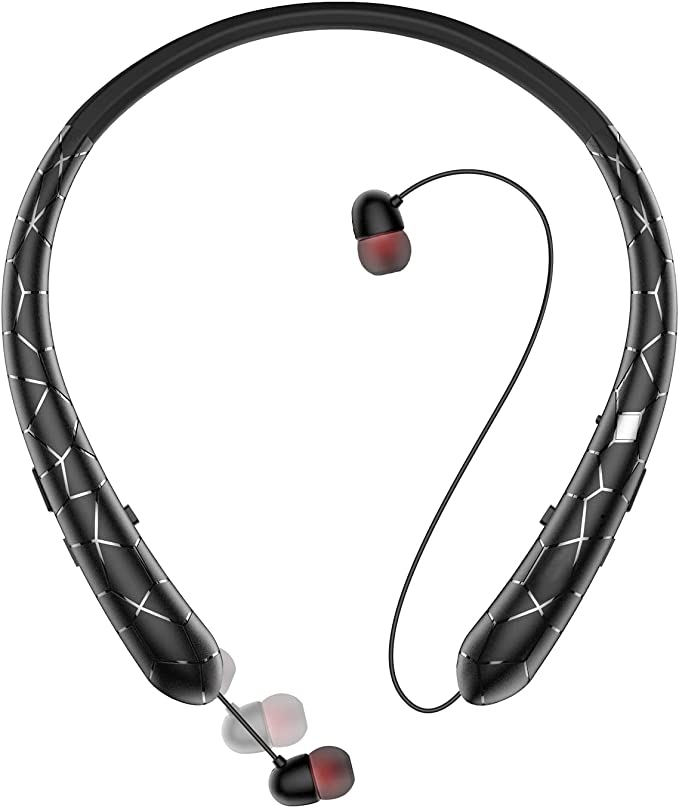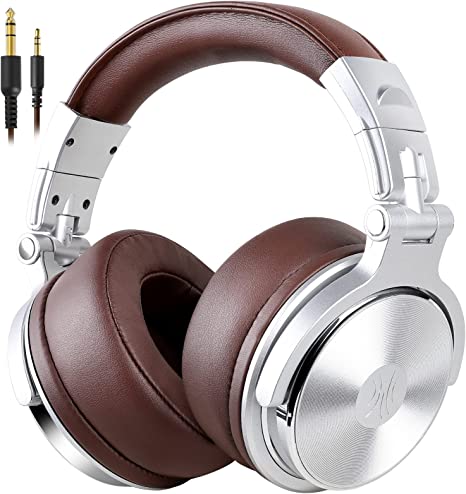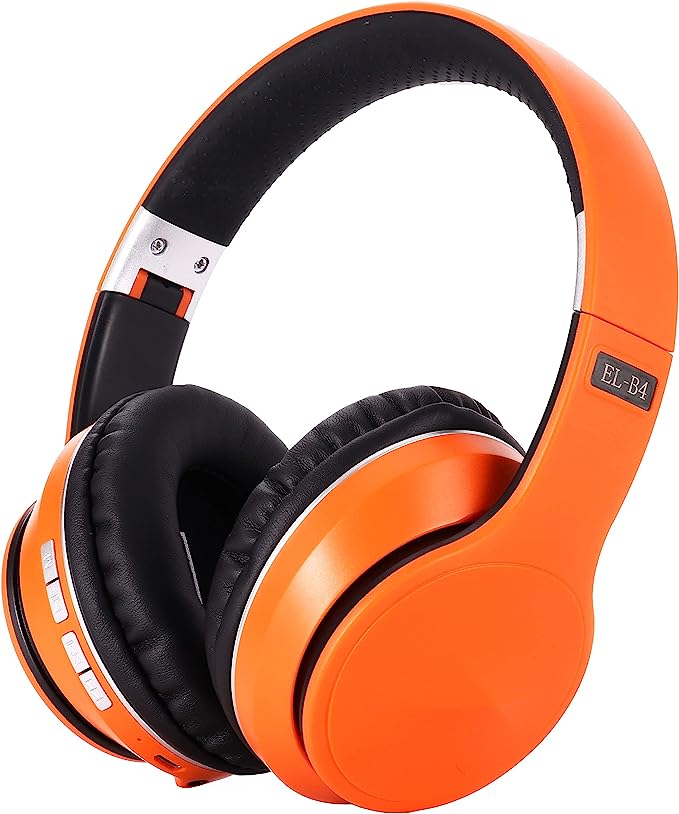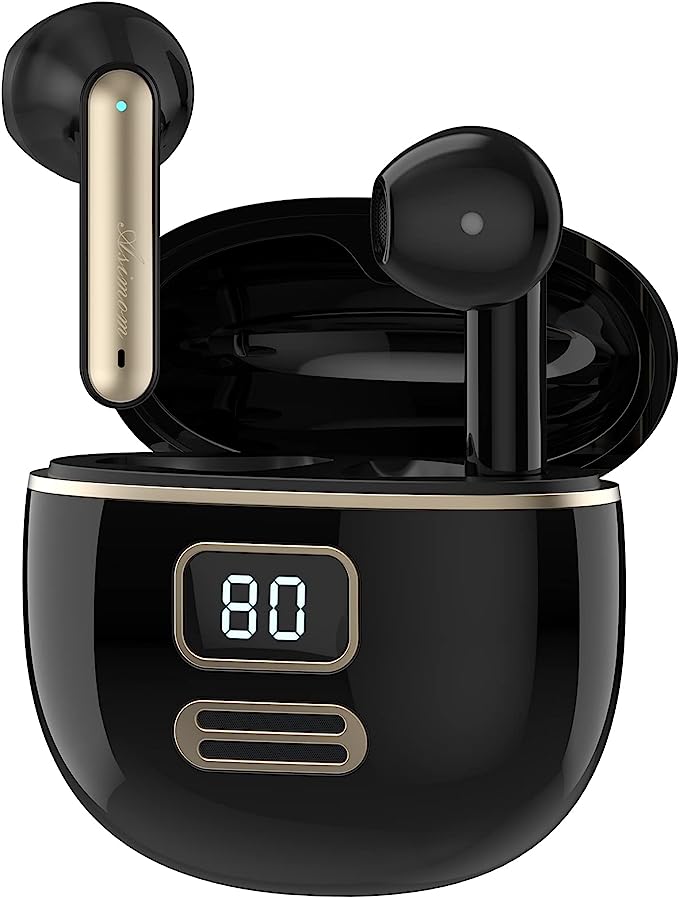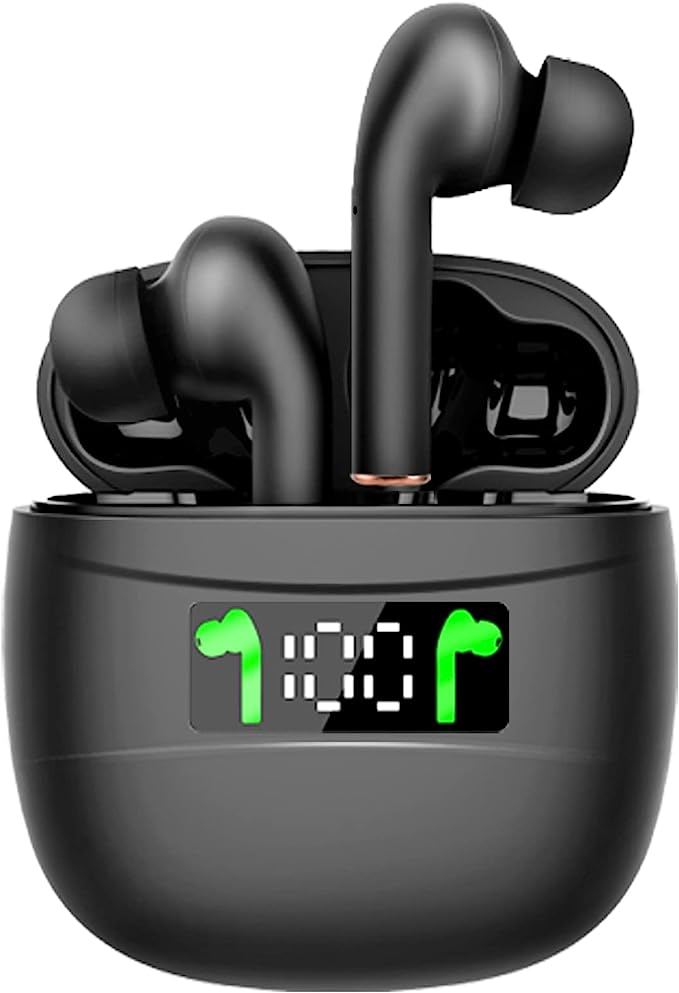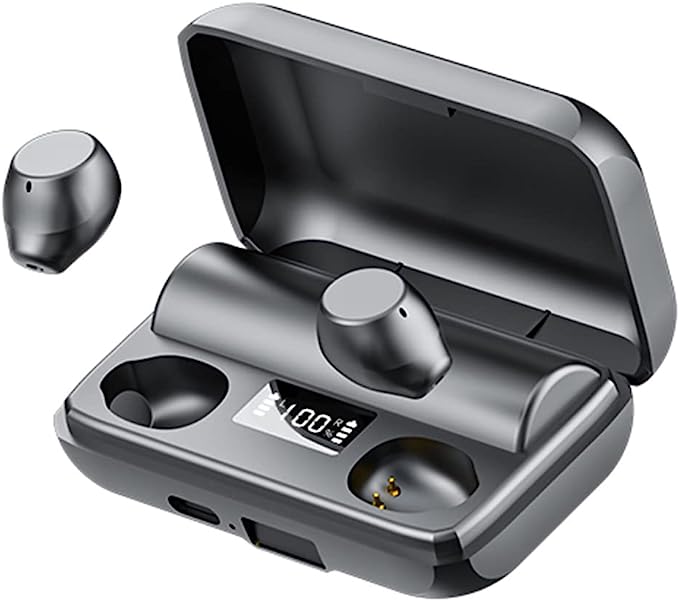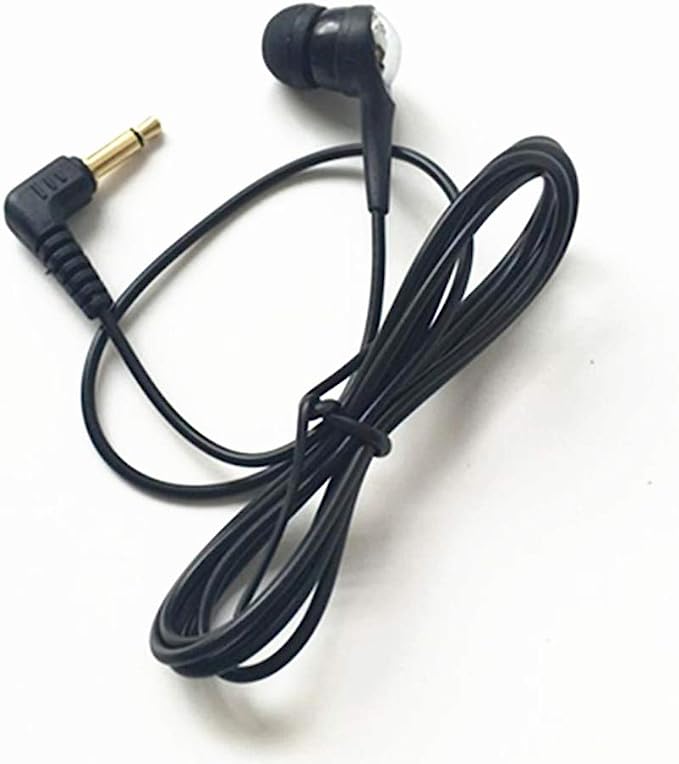ACREO A9 Kids Headphones: Open-Ear Design for Safer Listening
Update on March 21, 2025, 4:19 a.m.
The digital age has brought incredible learning and entertainment opportunities for children, but it has also raised concerns about their hearing health. With kids increasingly using headphones for online classes, video games, and music, parents are rightfully worried about the potential for noise-induced hearing loss.

The Delicate Nature of Developing Ears: Why Children are More Vulnerable
Children’s ears are not just smaller versions of adult ears; they are fundamentally different in ways that make them more susceptible to damage. The auditory system, including the ear canal, eardrum, and the delicate hair cells within the cochlea (the inner ear’s sensory organ), continues to develop throughout childhood and adolescence.
This ongoing development means that the structures within a child’s ear are more fragile and less resilient to loud sounds. The hair cells, which are responsible for converting sound vibrations into electrical signals that the brain interprets as sound, are particularly vulnerable. Once these hair cells are damaged, they do not regenerate, leading to permanent hearing loss.
Furthermore, children’s ear canals are shorter and narrower than those of adults. This smaller volume means that sound pressure levels (SPL) are amplified, effectively making sounds louder for a child than for an adult listening at the same volume setting on the same device.
Sound and Fury: How Loud Noises Damage Hearing
Sound is measured in decibels (dB). A whisper is about 30 dB, normal conversation is around 60 dB, and a lawnmower might be 90 dB. Prolonged exposure to sounds at or above 85 dB can cause permanent hearing damage. The louder the sound, the shorter the amount of time it takes for damage to occur.
The damage happens within the cochlea. High sound pressure levels cause excessive vibration of the hair cells. This overstimulation can lead to the hair cells becoming damaged or even destroyed. Initially, this damage might manifest as temporary threshold shift – a temporary reduction in hearing sensitivity after exposure to loud noise. However, repeated or prolonged exposure can lead to permanent damage, resulting in noise-induced hearing loss (NIHL). NIHL can affect a child’s ability to understand speech, especially in noisy environments, and can also lead to tinnitus, a persistent ringing or buzzing in the ears.
Traditional Headphones: A Closer Look at the Risks
Traditional headphones come in two main types: in-ear (earbuds) and over-ear (circumaural). Both present potential risks to children’s hearing, although in slightly different ways.
-
In-Ear Headphones (Earbuds): These headphones sit directly inside the ear canal, delivering sound very close to the eardrum. This proximity results in higher sound pressure levels at the eardrum, increasing the risk of damage, even at moderate volume settings. Because they seal off the ear canal, they also prevent natural sound pressure release.
-
Over-Ear Headphones: While these headphones sit over the ear and don’t directly enter the ear canal, they can still create a sealed environment around the ear. This seal can trap sound, increasing the sound pressure level and potentially causing damage over time, especially if the volume is turned up high.

Open-Ear Headphones: A Breath of Fresh Air for Little Ears
Open-ear headphones, like the ACREO A9, offer a fundamentally different approach to audio delivery. Instead of sitting inside or completely covering the ear, they rest gently on the outer ear, leaving the ear canal open. This seemingly small change has significant implications for hearing safety.
The Science Behind Open-Ear Technology: Acoustics Explained
The key to understanding the safety of open-ear headphones lies in the way they handle sound pressure. Unlike in-ear or over-ear headphones that create a sealed or semi-sealed environment, open-ear designs allow sound waves to dissipate more naturally into the surrounding air.
Think of it like this: Imagine throwing a pebble into a small, enclosed bucket of water versus throwing it into a large, open pond. In the bucket, the ripples (representing sound waves) are confined and bounce back and forth, creating a more intense disturbance. In the pond, the ripples spread out and dissipate much more quickly.
Open-ear headphones work on a similar principle. By not sealing off the ear canal, they reduce the concentration of sound pressure directly impacting the eardrum. The sound waves are allowed to disperse, lowering the overall intensity and reducing the risk of overstimulating the delicate hair cells in the cochlea. While some sound energy will inevitably reach the inner ear via the bones and tissues surrounding the ear (as happens with all sound perception), the primary mode of transmission in open-ear headphones remains air conduction, but in a less concentrated and potentially damaging way.
ACREO A9: Designed with Kids’ Hearing in Mind
The ACREO A9 Kids Headphones are specifically engineered to take advantage of the benefits of open-ear technology. Several key features contribute to their hearing-safe design:
-
Open-Ear Design: As discussed above, this is the core feature that differentiates the ACREO A9 from traditional headphones. By leaving the ear canal open, it minimizes sound pressure buildup.
-
13mm Drivers: While not the largest on the market, the ACREO A9’s 13mm drivers are well-suited for delivering clear and balanced audio without requiring excessive volume levels to achieve satisfactory loudness.
-
Lightweight Construction: At just 0.45 ounces, the ACREO A9 are exceptionally light. This is crucial for comfort, especially for children who may be sensitive to pressure or weight on their ears. A comfortable fit encourages proper use and reduces the temptation to remove the headphones frequently.
Beyond Safety: Comfort, Convenience, and Durability
While hearing safety is paramount, the ACREO A9 also excels in other areas that are important for kids and parents:
-
Ergonomic Fit: The on-ear design rests gently and securely, avoiding pressure points that can cause discomfort, even during extended use. This is particularly important for children, whose ears and heads are still developing.
-
Bluetooth 5.2 Connectivity: The latest Bluetooth technology ensures a stable, reliable wireless connection to a wide range of devices, including tablets, smartphones, and computers. This eliminates the hassle and potential safety hazard of tangled wires.
-
Extended Battery Life: With up to 10 hours of playtime on a single charge, the ACREO A9 can easily last through a full day of school, travel, or entertainment. The USB Type-C fast charging feature provides a quick and convenient way to replenish the battery.
-
Built to last: 360-degree bendable design.
-
IPX5 Water Resistance: This rating means the headphones can withstand sweat and light rain, making them suitable for active kids.
-
Built-in Microphone: Facilitates clear communication for online classes and calls.
Real-World Scenarios: When and Where Kids Use Headphones
Children use headphones in a variety of settings, each with its own potential challenges:
-
Online Learning: With the rise of remote education, headphones have become essential for online classes and virtual learning environments. The ACREO A9’s open-ear design allows kids to hear their surroundings, like a parent calling, while still being able to focus on their lessons.
-
Entertainment: Whether it’s listening to music, watching videos, or playing games, headphones provide a private audio experience. The ACREO A9’s safe listening levels help protect children’s hearing during these activities.
-
Travel: Long car rides, train journeys, or flights can be more enjoyable with headphones. The ACREO A9’s lightweight design and comfortable fit make them ideal for travel.
Addressing Potential Concerns: Sound Leakage and Bass Response
It’s important to acknowledge the trade-offs associated with open-ear headphones:
-
Sound Leakage: Because open-ear headphones don’t seal off the ear canal, some sound can leak out and be audible to people nearby. This is generally not a significant issue in moderately quiet environments, but it’s something to be aware of in very quiet settings like libraries.
-
Bass Response: Open-ear headphones typically have a weaker bass response compared to in-ear or over-ear models. This is because the open design allows low-frequency sound waves to dissipate more easily. While the ACREO A9’s 13mm drivers are designed to provide a balanced sound, audiophiles seeking deep, thumping bass might find them lacking. However, for the primary purpose of protecting children’s hearing, this trade-off is often considered worthwhile. The slightly reduced bass response is a small price to pay for significantly reducing the risk of noise-induced hearing loss. Furthermore, many children, especially younger ones, may not even notice or be bothered by the difference in bass response.
Long-Term Hearing Health: Building Good Habits Early
Protecting a child’s hearing is not just about choosing the right headphones; it’s also about establishing healthy listening habits that will last a lifetime. The choices we make for our children now can have a profound impact on their auditory health in the future.
Here’s why early intervention is so crucial: Noise-induced hearing loss is cumulative and irreversible. This means that the damage accumulates over time with repeated exposure to loud sounds. What might seem like a minor issue in childhood can develop into significant hearing problems in adulthood. By teaching children to listen at safe volumes and to take breaks from headphone use, we can help them protect their hearing for years to come.

Empowering Parents: Tips for Protecting Your Child’s Hearing
Choosing safe headphones like the ACREO A9 is a great first step, but there’s more you can do to protect your child’s precious hearing:
-
The 60/60 Rule: Encourage your child to follow the 60/60 rule: listen at no more than 60% of the maximum volume for no more than 60 minutes at a time.
-
Take Listening Breaks: Even at moderate volumes, it’s important to take regular breaks from headphone use. Encourage your child to take a 5-10 minute break every hour.
-
Monitor Volume Levels: Many devices have built-in volume limiters that you can set to prevent the volume from exceeding a safe level. Familiarize yourself with these settings and use them.
-
Be Mindful of the Environment: If the environment is already noisy (e.g., a busy street, a crowded restaurant), avoid using headphones or keep the volume extremely low. Adding more sound on top of existing noise can be very damaging.
-
Lead by Example: Children learn by observing their parents. Model good listening habits yourself by keeping the volume down on your own devices and taking breaks from headphone use.
-
Regular Hearing Check-ups: Just like regular dental and vision check-ups, it’s a good idea to have your child’s hearing checked periodically by a healthcare professional, especially if you have any concerns.
-
Educate Your Child: Talk to your child about the importance of protecting their hearing. Explain how loud sounds can cause damage and how they can listen safely.
-
Choose quiet devices: When purchasing other electronic for your child, consider the noise output.
-
Recognize warning signs: Be alert for warning signs of hearing loss, such as your child frequently asking “what?” or turning up the volume of the TV or other devices excessively.
-
Use Volume-Limiting Apps: Explore apps designed to monitor and limit headphone volume output.

Conclusion: Investing in Your Child’s Auditory Future
Hearing is one of our most precious senses. It connects us to the world around us, allows us to communicate with loved ones, and enriches our lives in countless ways. Protecting a child’s hearing is an investment in their overall well-being and their future.
The ACREO A9 Kids Headphones, with their open-ear design and focus on safety and comfort, offer a valuable tool for parents who want to provide their children with a safe and enjoyable listening experience. By combining the right technology with good listening habits, we can help ensure that our children enjoy a lifetime of healthy hearing. By making informed choices about headphones and promoting responsible listening habits, we can help children enjoy the benefits of technology without compromising their auditory health. The long-term benefits of protecting a child’s hearing far outweigh any minor inconveniences or trade-offs.
